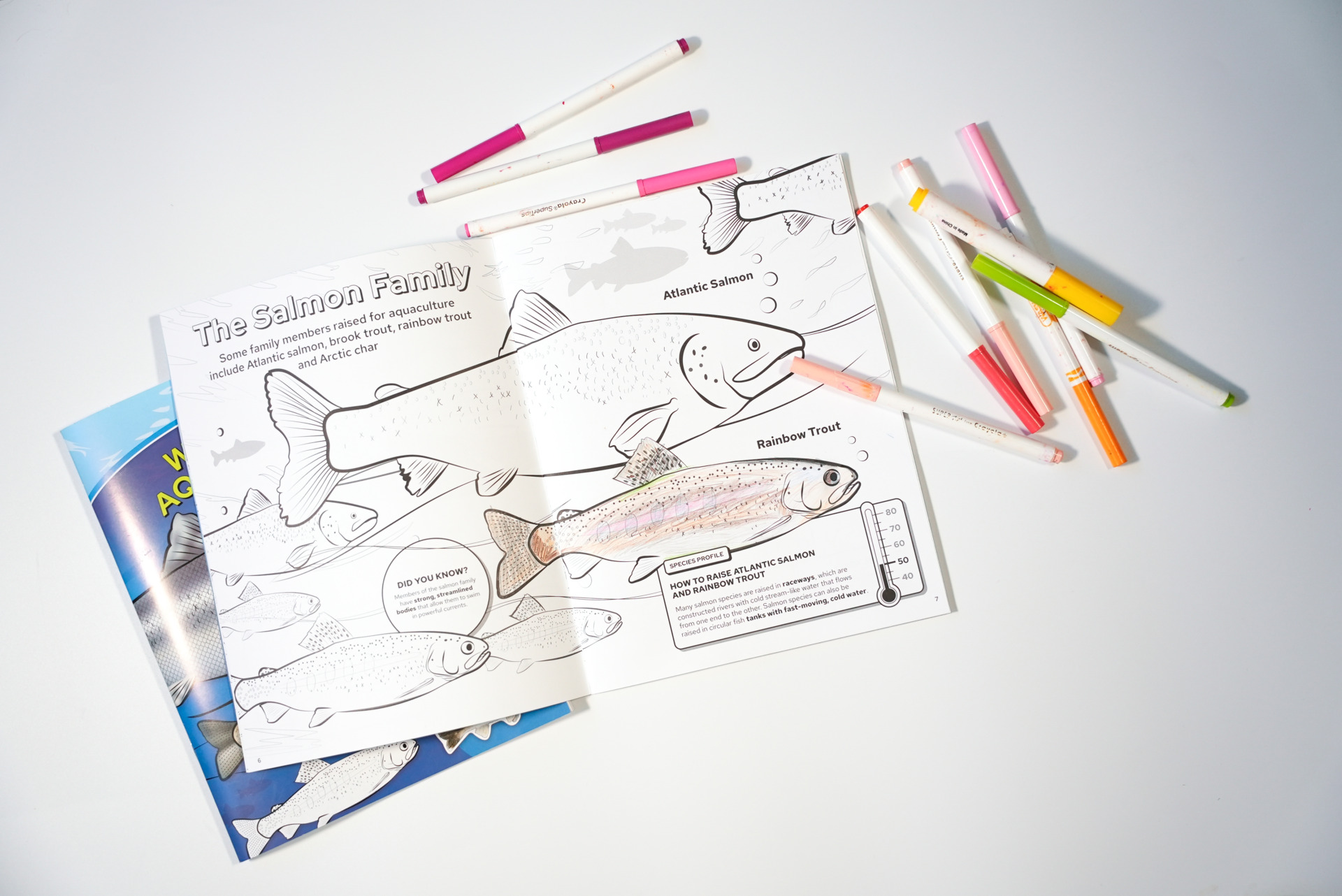By Carolyn Rumery Betz
The waters of the Great Lakes might be a bit too chilly to swim in at this time of year, but that will give swimmers time to remind themselves of an important safety lesson before taking the plunge. Hazardous rip currents on the Great Lakes can be deadly. Learning what rip currents are, how to recognize them from shore, or how to get out of one may just save a life.
Rip currents are relatively narrow streams of water moving straight away from shore. A rip current sometimes can be spotted from shore as an area of notable difference in water color, a break in incoming wave patterns, or a channel of churning, choppy water but no breaking waves.
In 2010, there were 29 rip current fatalities in the Great Lakes, according to the National Weather Service. Sixteen of those were off the east coast of Lake Michigan.
Gene Clark, coastal engineering specialist with the University of Wisconsin Sea Grant Institute, identified prevailing westerly winds and the long west-east fetch across Lake Michigan for the high number of rip current-related fatalities on Michigan’s shore.
“More people drown on the eastern shore of Lake Michigan because there are many beaches and many beachgoers,” said Clark. “But beaches near Duluth and Superior on Lake Superior are also sites where rip currents can form, particularly when there are steady north-eastern storms.”
Swimming toward shore while caught in a rip current is like swimming upstream, and a swimmer’s efforts may only lead to fatigue and often little progress to safety. In fact, most rip currents are faster than the fastest Olympic swimmer can swim.
The most important thing to remember if a swimmer gets caught in a rip current is to stay calm and not panic. Treading water and swimming parallel to shore will get you out of the current quickly. Rip currents will not pull you under and will dissipate quickly once they reach just outside the wave breaker line.
Clark also reminds swimmers that the cold waters of the Great Lakes can sap a person’s energy quickly through hypothermia. Clark emphasises the importance of swimming where there are life-guarded beaches. That way, you can signal for help if you do get into trouble.
The University of Wisconsin Sea Grant Institute annually provides Great Lakes public beaches with free informational posters and brochures about rip currents in both English and Spanish. The brochure in English is available online at http://aqua.wisc.edu/publications/ProductDetails.aspx?productID=458or in Spanish at http://aqua.wisc.edu/publications/ProductDetails.aspx?productID=487





